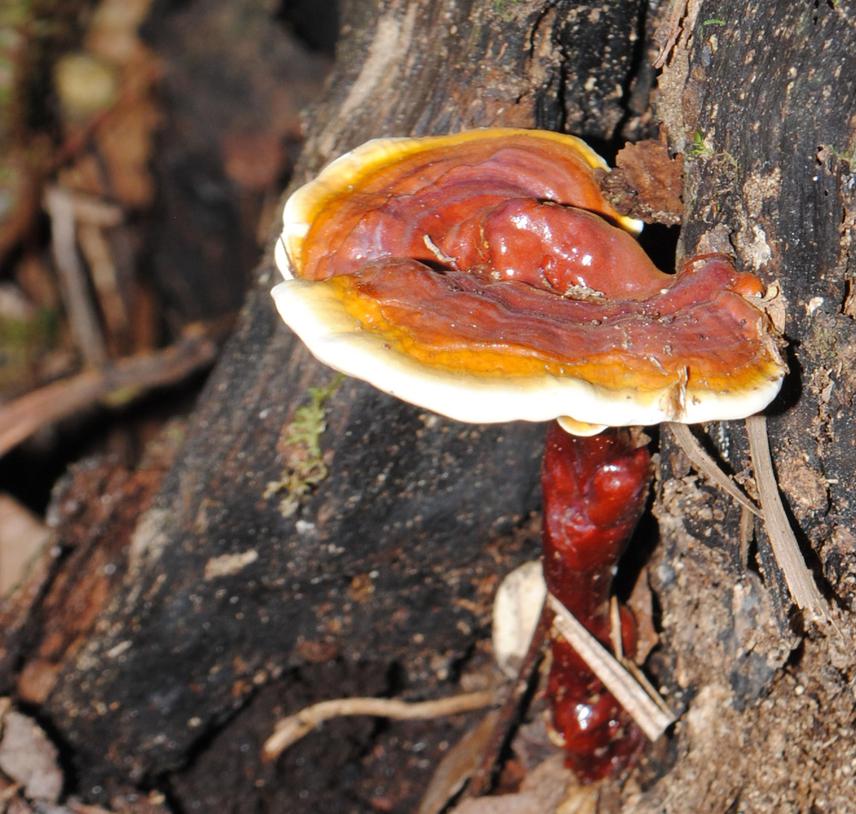Milay Cabarroi Hernández
Other projects
12 Mar 2014
Conservation Status of Cuban Fungi: Diversity and Distribution of Ganodermataceae (basidiomycota)
To increase the knowledge on the diversity, potential use and distribution of Ganoderma and will use it to develop methods of modelling of the potential distribution of these important fungi.

Ganoderma in the field.
Ganoderma possesses ligninolytic machinery capable of biodegrading lignin, a recalcitrant component of wood. In addition, some species of this genus are parasites of woody plants and other are important medical resources. However, they have been poorly studied in Cuba, thus their complete distribution and conservation status are unknown. Understanding the potential distribution of known fungi is vital to predict the impact of climate change on them and to develop management policies.
We want to continue the work about environmental education we started thanks to Rufford Foundation. We want to explore the natural Eastern Cuba, an area in which fungi have been poorly surveyed, even within renowned protected areas such as Alejandro de Humboldt National Park (Natural Heritage). One of our goals in this project is to promote in rural communities the knowledge about fungi importance and their conservation. On the other hand, it is necessary to estimate what would happen to fungi populations if environmental conditions change. In this project we will use Ganoderma as a pilot to develop methods to modelling the potential distribution of Cuban white-rot fungi. The Cuban white-rot fungi information acquired will also be transferred to other staff members of the mycological section as well as some students via seminars and training. Furthermore, this information will be included in scientific papers and events.